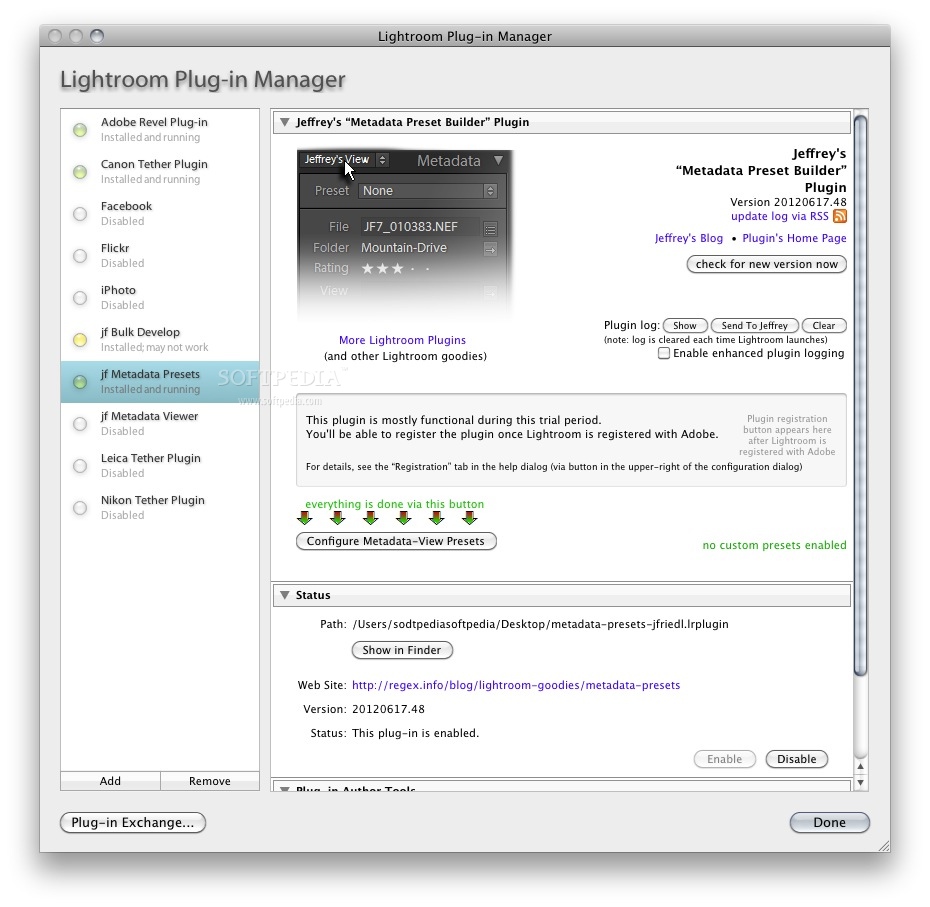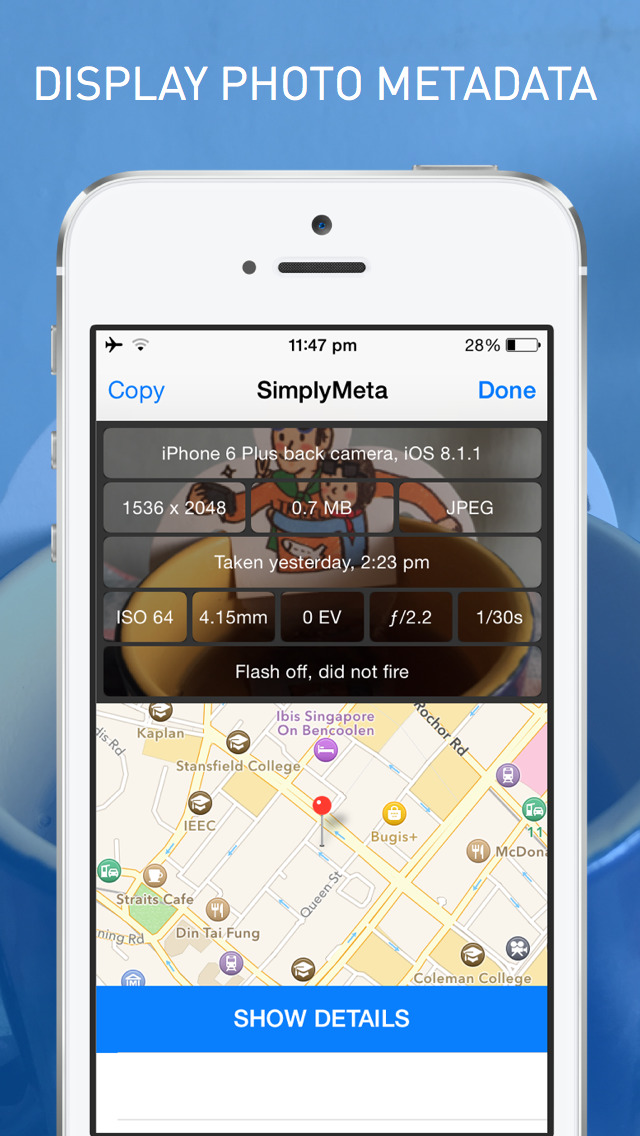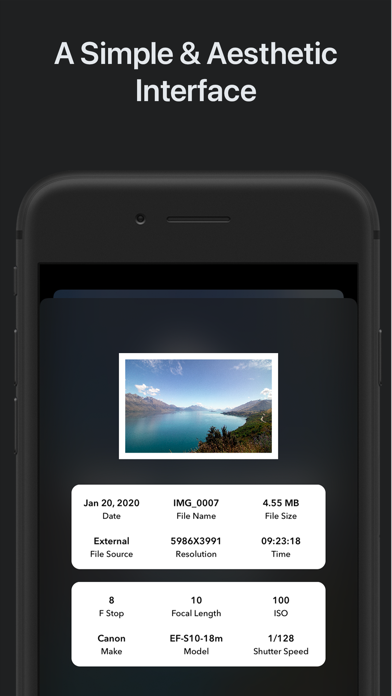
Metadata Viewers Matter: Advanced Use Casesįor individual users, the ability to view metadata for a few files may be adequate, but businesses - especially enterprise-level companies - need a more robust way to manage and customize metadata at scale.
#Metadata photo reader pdf
Note: To add additional fields to PDF metadata, select “Description,” then “Additional Metadata.”
#Metadata photo reader how to
How to View the Metadata of a PDF Document Note: Word documents automatically generate basic metadata, but you can customize metadata files and add your own by clicking on “Properties,” then “Advanced Properties.” Click “Show All Properties,” in the bottom right corner.From the File drop-down menu, select “Info.”.With the document open, click “File” in the upper left corner.So taking a few minutes to add detailed metadata to your documents can greatly increase day-to-day efficiency (more on this later). Similar to images, metadata can help team members quickly find files by keyword, author, date - even a specific font. Now that we’ve covered how to view basic metadata for images, let’s look at how to check metadata for two popular file types: Word documents and PDFs. How to View Metadata for Word and PDF Documents
#Metadata photo reader pro
Pro Tip: Looking for a platform-agnostic way to view file metadata? Brandfolder’s Workbench feature lets Mac and PC users drag-and-drop images to extract and view detailed metadata in seconds! When the popup window appears, select the “JFIF” or “EXIF” tab to view the file information.From the top menu, select “Tools,” then “Show Inspector.”.

Right-click the image, then select “Open With,” then “Preview.”.Review the information to see the name of the file and its origins, dimensions, color profile, and other details.Right-click the image, then select “Get Info.”.There are a few ways to read image metadata on a Mac, depending on what you’re looking for. Click “Details” to see additional information.Right-click on an image and select “Properties.” A popup window will appear, showing the basic metadata for the image.In fact, you can quickly access and edit basic image metadata with just a few clicks on both PCs and Macs. You don’t need a third-party metadata reader to see the metadata for an image. Both types of metadata are helpful for organizing and searching for images in internal databases as well. It also includes tags that describe images, which Google and other search engines use to better understand and index pictures since they can’t “see” them.

Image metadata, often called alt text, houses image production data like copyright information, image size, creation date, and much more. Finally, we’ll explain some advanced metadata tips that can increase team efficiency and improve campaign speed to market and performance. In this blog post, we’ll cover how to check metadata on different operating systems, how to view photo metadata, and how to read metadata for PDFs and Word documents.

And internally, metadata can help teams organize and find files quickly and easily. For folks using assistive technologies to access websites, metadata communicates the content of images on a page. It’s also what entices people to click on one search result versus another. Metadata helps search engines understand webpage content, which in turn influences a site’s search rankings. So, what is metadata? Webpage titles, page descriptions, the “alt text” that describes images, and the terms or tags attached to internal documents are all different forms of metadata. And when you know how to view and optimize metadata, the benefits are impossible to ignore. But this inconspicuous text actually plays an important role across a variety of mediums. Metadata is often an afterthought - content that’s out of sight and out of mind.


 0 kommentar(er)
0 kommentar(er)
